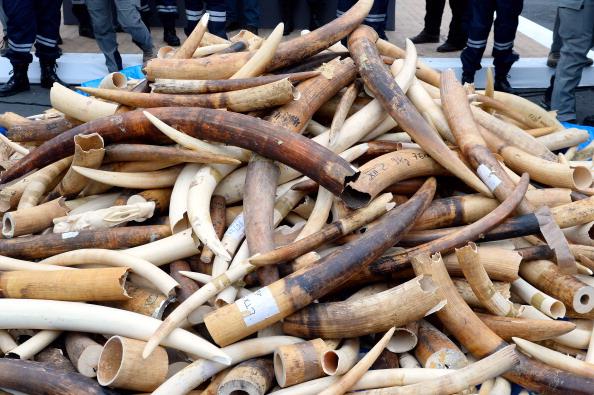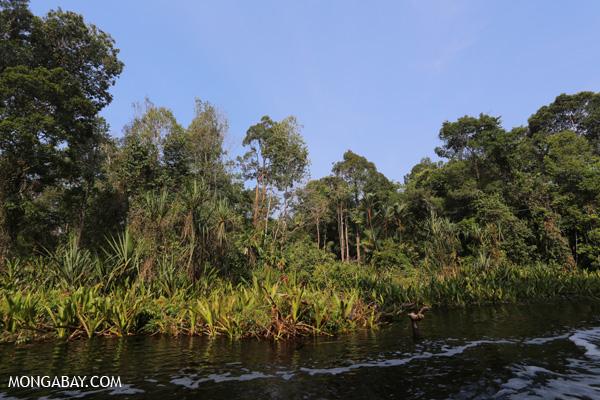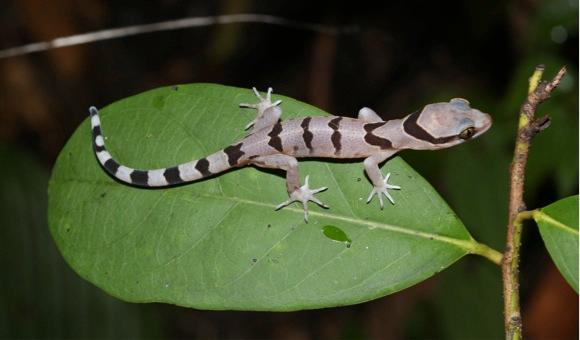Many people have read or heard of a recent tragic death in Kenya. This single death only serves to spotlight a serious conservation issue that has been going on since the early 19th century.
Satao was a very famous bull elephant, well known by his size and his massive tusks that touched the ground, the most famous bull elephant in Kenya. He was the iconic African bull elephant, a healthy and mature male of only 50 years old. In June, poachers killed him and took his tusks, and his head, with them.
So why all the fuss, he’s only one elephant, right? In 2011 alone, 23 tons of elephant ivory was seized by government officials. A total amount of ivory representing about 2,500 individual elephant lives. And the tale gets worse, lately, poachers have been poisoning water holes, making victims of not only the bull males for their ivory, but also the females and calves.
For an elephant, these teeth can be used as defense, ease of movement, digging tools, and many other uses. For humans, it’s been a symbol of power and prestige for generations. Ivory has been used in Asia for generations, to make carvings and sculptures and figurines because it’s smooth, easy to carve, very beautiful and it doesn’t splinter as bone or wood does. Over the years, it’s been used for not only jewelry and carvings, but billiard balls, spear tips, cutlery handles, and piano keys. The old saying, “tickling the ivories” is literal, because it was only since the 1920s that plastic has been introduced as an alternative.
Wholesale raw ivory trade has been banned across Africa since 1989, however countries like Zimbabwe, Namibia, and Botswana have been allowed a relaxation of the ban and now is mostly unregulated. The United States, Thailand, Japan, and China are major importers of ivory, driving a continued high price and a high demand. The only way to get a conviction of any traffickers is to prove that the ivory was harvested after the 1989 ban, and that the person had prior knowledge of the ban. So, trafficking and poaching continues, decimating African elephant populations at an unsustainable rate.
For elephants, the demand for their tusks not only has immediate problems of death and high mortality rates, it also introduces problems with inbreeding, low birth rates, and changes in the animals behavior. Elephant females tend to choose the largest and healthiest males to sire their offspring, and with all of them being killed off, more breeding with juvenile males will happen, leading to less healthy animals in the future. Also, elephants only have a few calves per generation, and they are slow to grow to maturation, so as the tusks grow shorter and fewer, more elephants will be killed to fill the demand for ivory.
Authorities are predicting that the poaching problem will only get worse as demand increases and the numbers of elephants dwindle. Recent numbers say that at least 100 have been killed this year alone, but conservationists say the number could easily be 10 times that figure. The numbers from CITES (Convention on International Trade in Endangered Species of Wild Fauna and Flora) point to more than 20,000 elephant deaths in Africa last year alone. All this for elephant tusk, and teeth from other animals, symbols of power and prestige for humans, but deadly for elephants and other animals around the world.




